iCEV Slides - The Skeletal System: Joints and Movement
1/23
Earn XP
Description and Tags
Flashcards and fill-in-the-blanks from iCEV's course on the skeletal system.
Name | Mastery | Learn | Test | Matching | Spaced |
|---|
No study sessions yet.
24 Terms
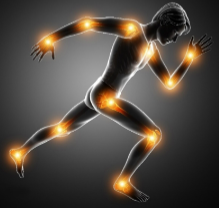
Joints
Also known as articulations, these are where two bones come together to support body movement
Joint functional classifications
Synarthrosis, amphiarthrosis, and diarthrosis
Synarthrosis
Joints that are nearly immobile, such as the sutures of the skull
Amphiarthrosis
Joints that provide limited mobility, such as the pubic symphysis of the pelvis
Diarthrosis
Joints that provide the greatest range of motion and are the most common, such as the elbow, shoulder, or ankle
Joint structural classifications
Fibrous, cartilaginous, and synovial joints
Fibrous joints
Joints joining bones by fibrous connective tissue, most commonly synarthroses (immovable)
Cartilaginous joints
Joints joining bones by hyaline cartilage or fibrocartilage; are mainly amphiarthroses (somewhat movable)
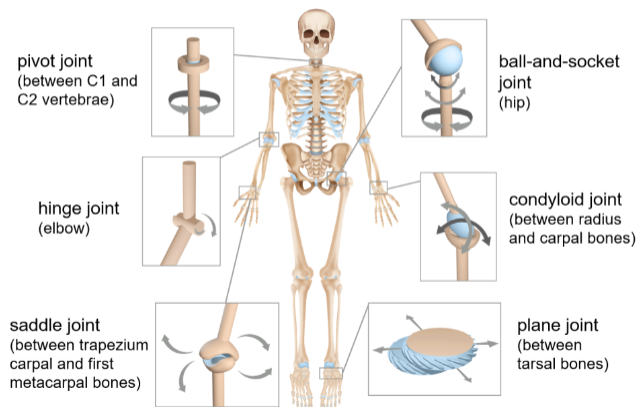
Synovial joints
Joints joining bones through a joint cavity with synovial fluid; are most common diarthroses (very movable)
Flexion
The decrease of the angle between two bones of a joint
Extension
The increase of the angle between two bones of a joint
Adduction
Movement towards the body’s midline
Abduction
Movement away from the body’s midline
Circumduction
Movement of a limb in a circle (circumference)
Rotation
The movement of a limb around an axis (turn arm)
Inversion
The tilting of the foot towards the midline
Eversion
The tilting of the foot away from the midline
Synovial joint classifications
Can be further divded based on movement, such as:
ball and socket joint
pivot joint
hinge joint
saddle joint
plane joint
condyloid (ellipsoid) joint
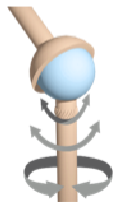
Ball-and-socket joints
Rounded surface of a bone within a depression in another bone, allowing for the most movement in all axes; includes the shoulder and hip
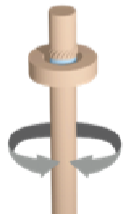
Pivot joints
Rounded portion of a bone enclosed in a ring shape of another bone held in place by a ligament; allows rotational movement in the neck and radius and ulna
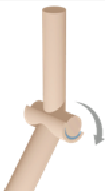
Hinge joints
Formed by a convex edge of one bone fitting into a concave edge of another like a door hinge along one axis; allows for flexion and extension in the elbow, knee, and ankle
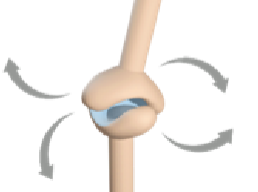
Saddle joints
Formed by two joints with concave and convex regions, forming a saddle shape allowing flexion, extension, abduction, and adduction in the thumbs and inner ears
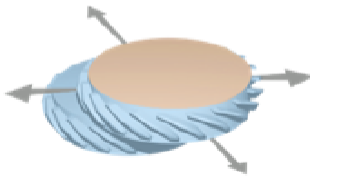
Plane joints
Formed by two flat sliding bones allowing for inversion, eversion, flexion, and extension in the vertebrae, metacarpals, and metatarsals
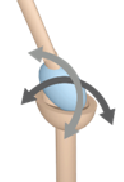
Condyloid joints
Also called ellipsoid joints, they are formed by egg-shaped bones in a similarly shaped socket allowing for flexion, extension, abduction, and adduction in the wrist, knuckles, and jaw